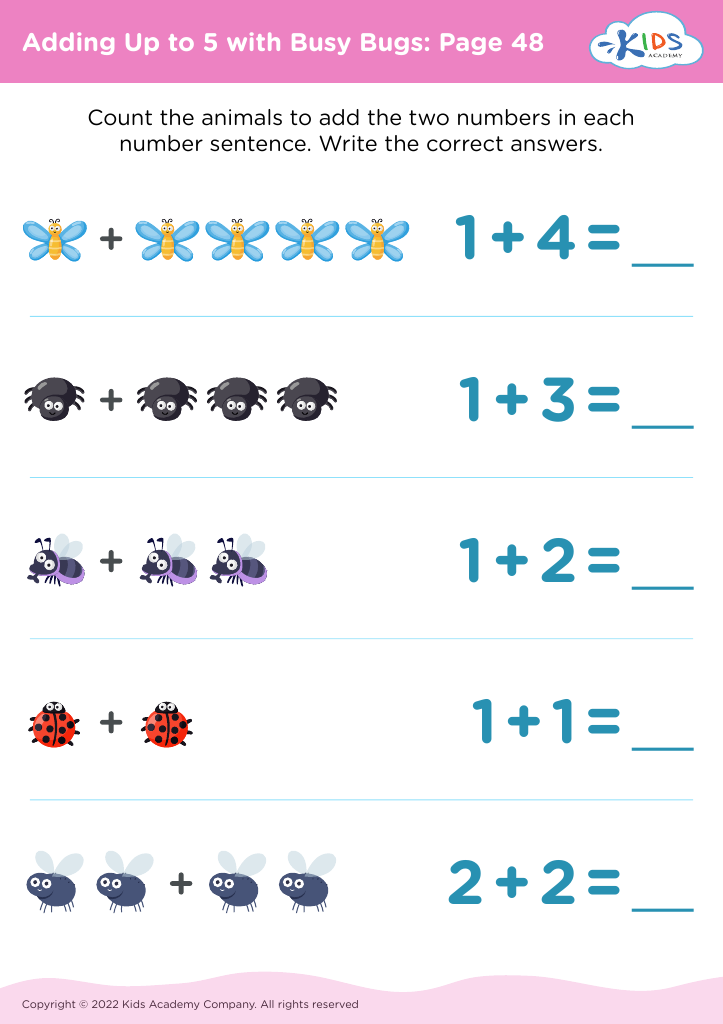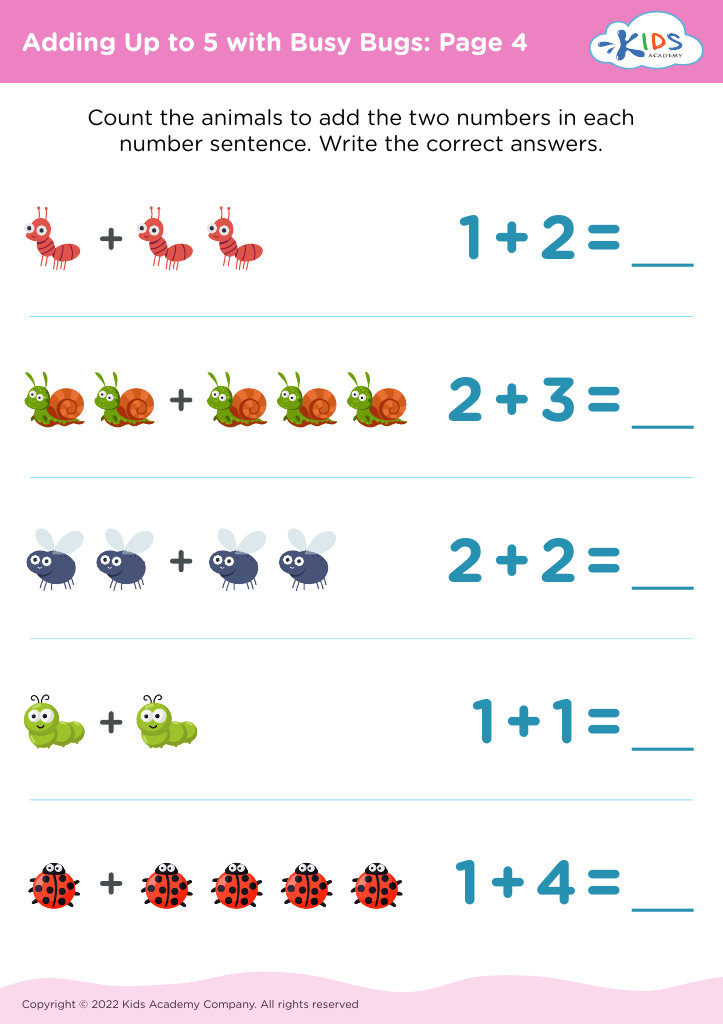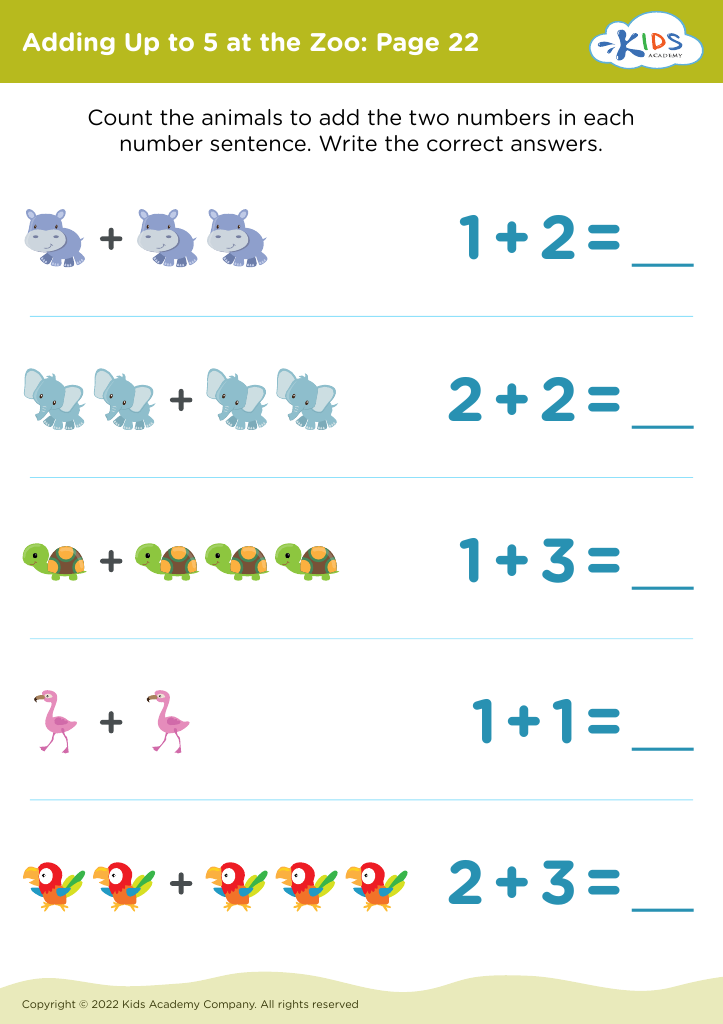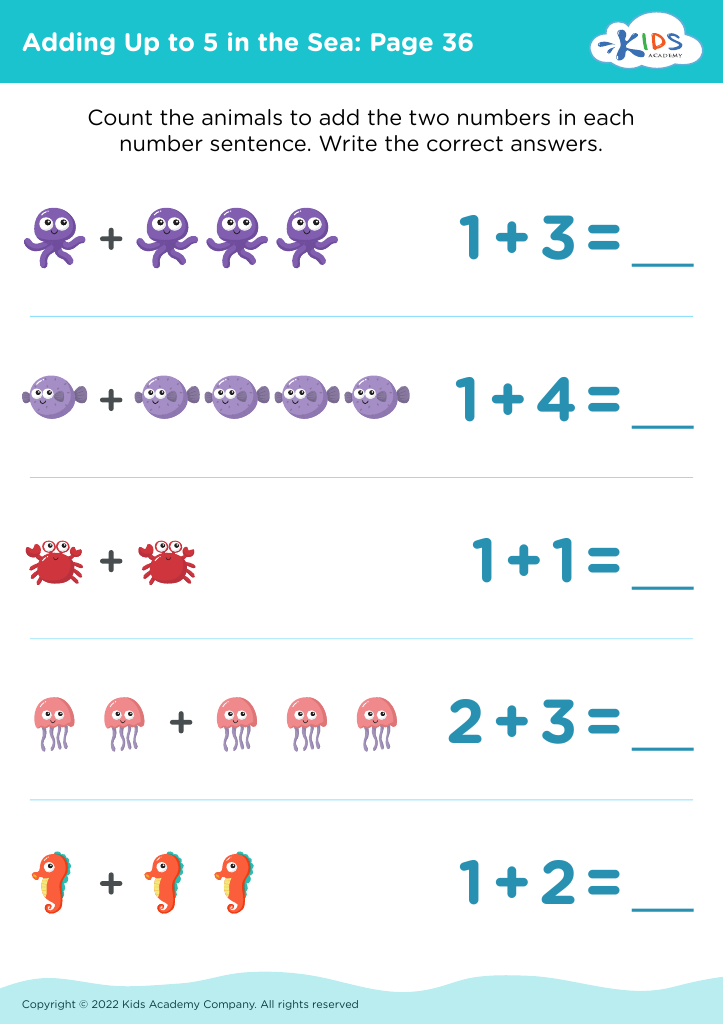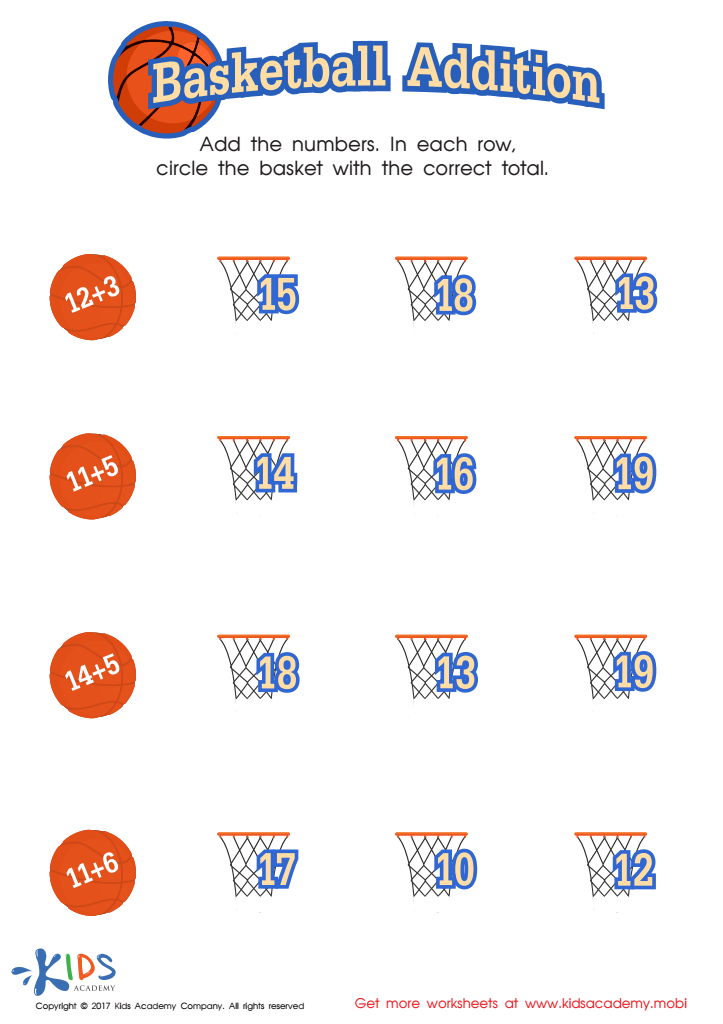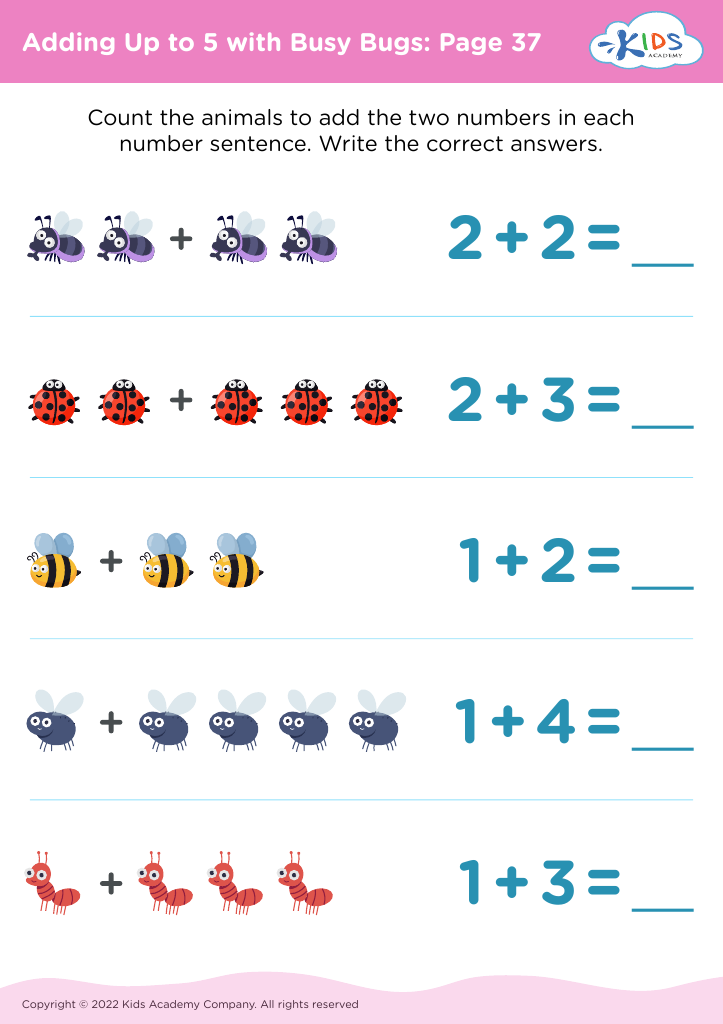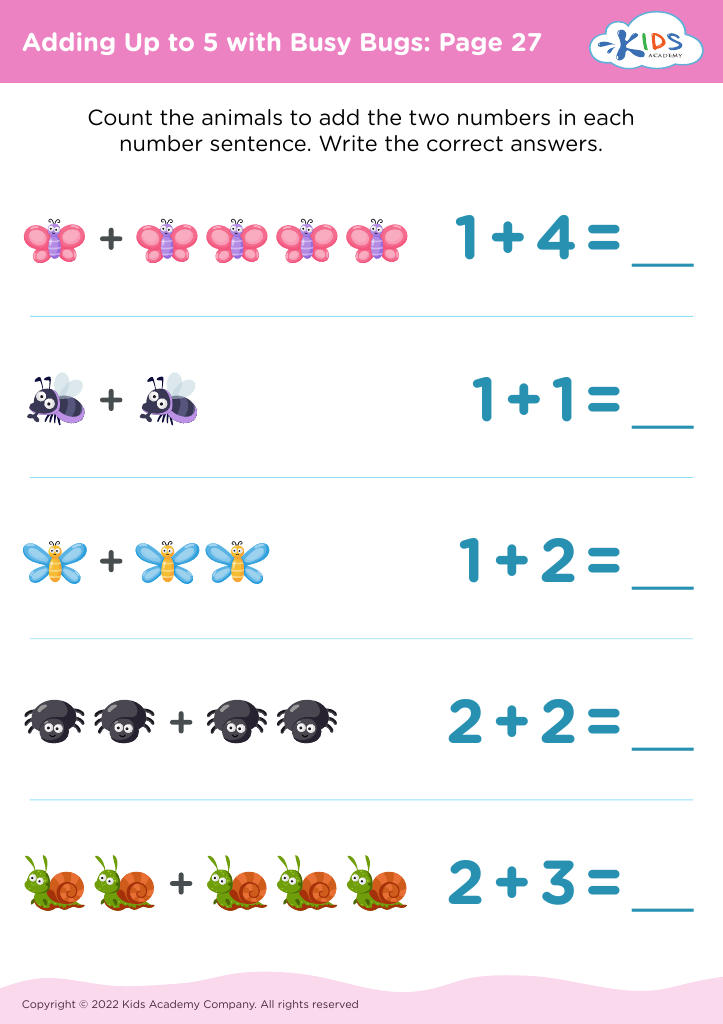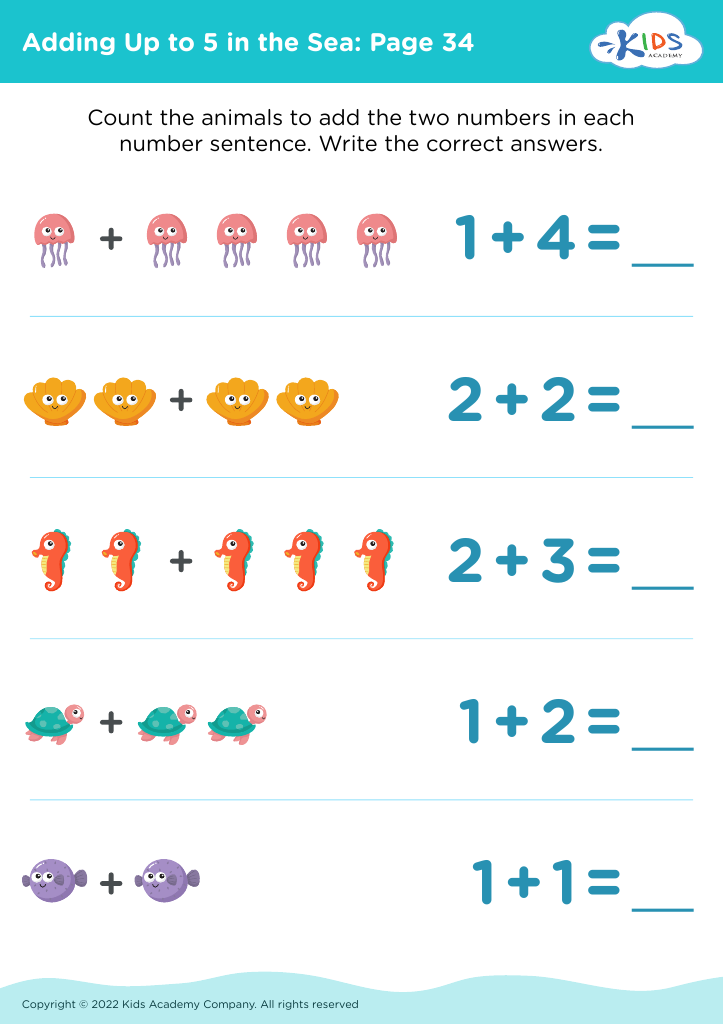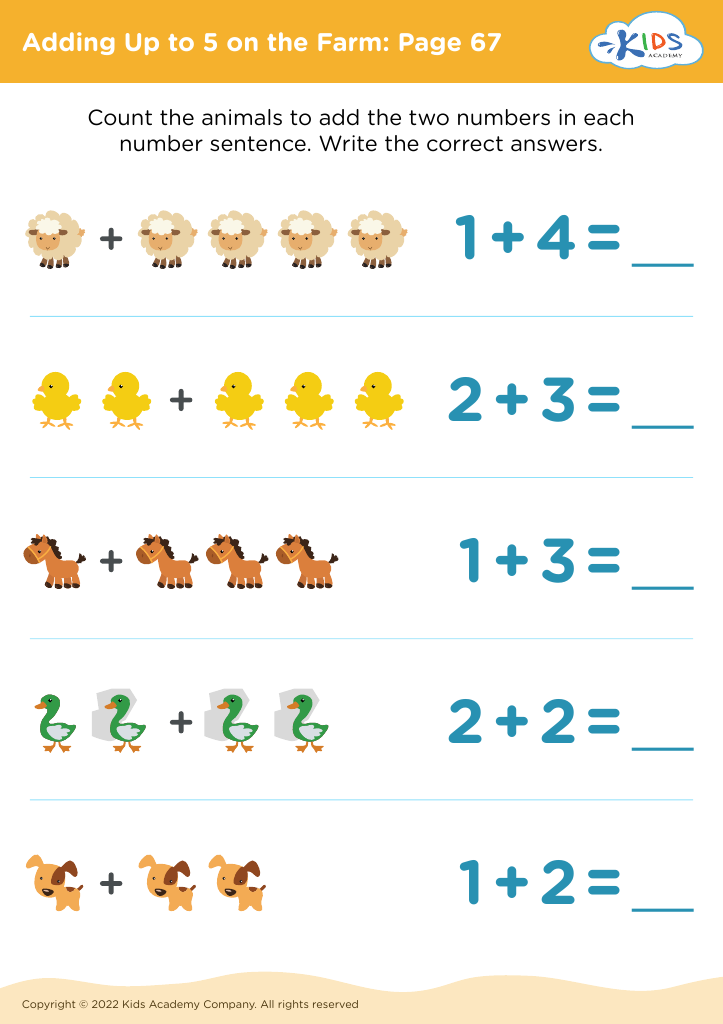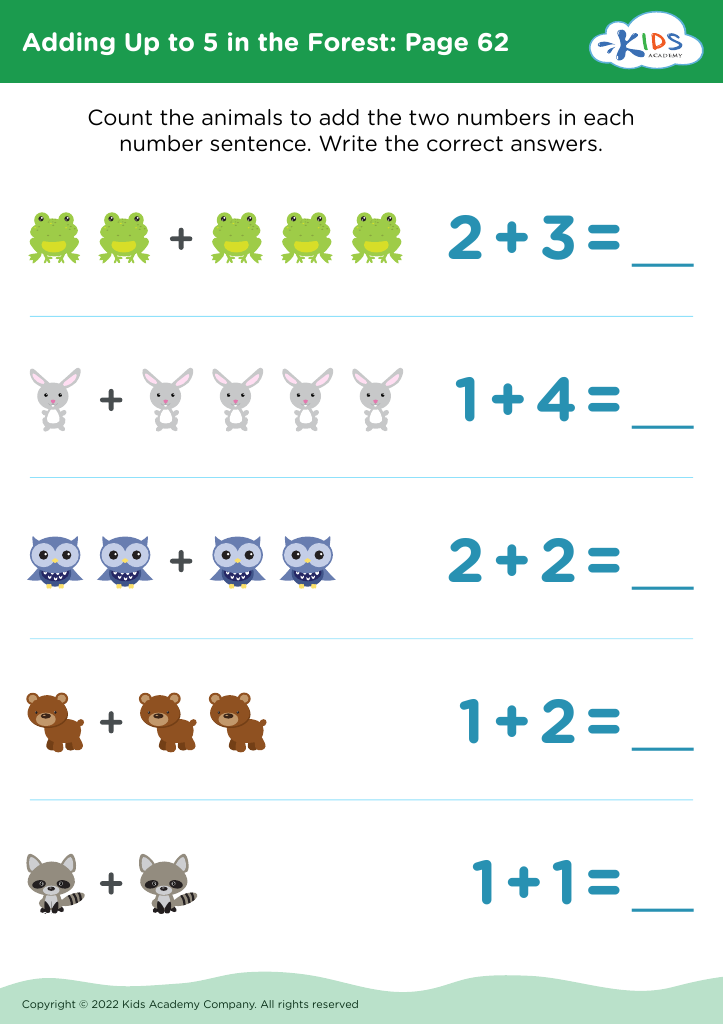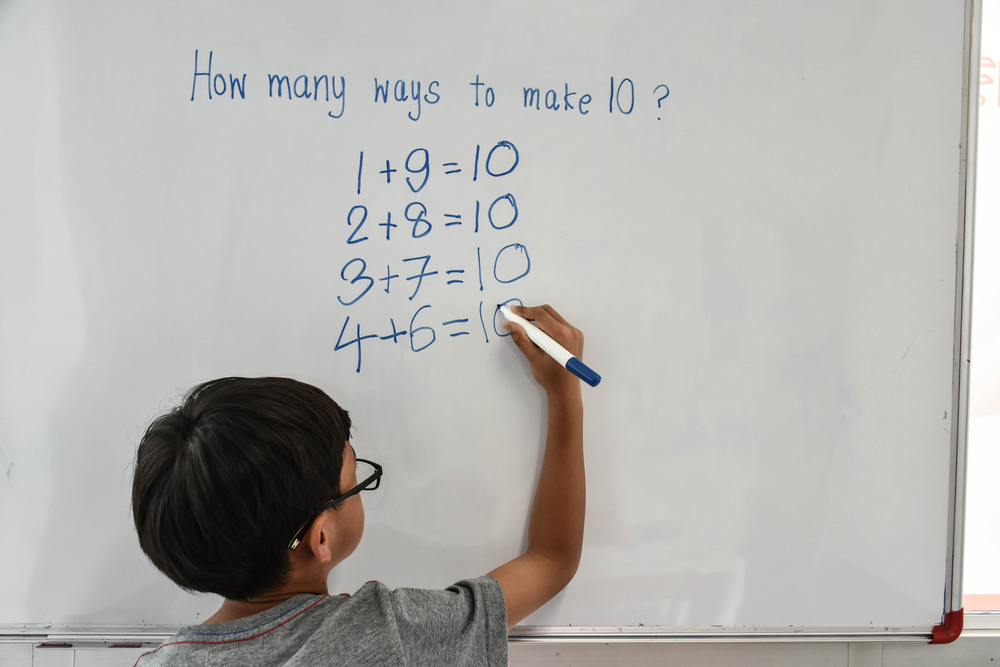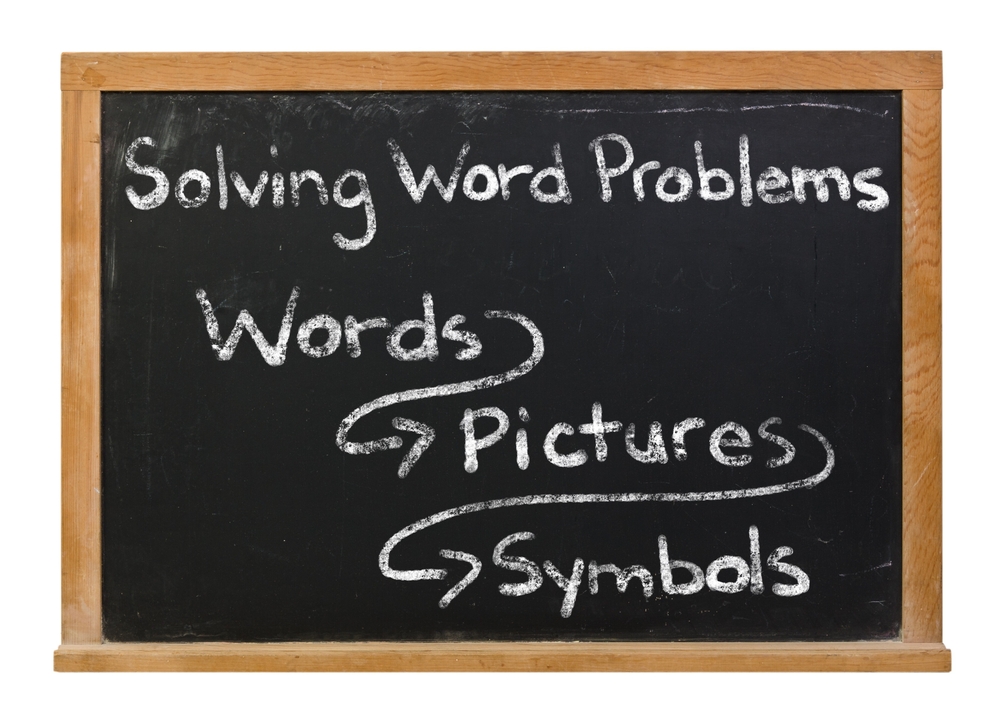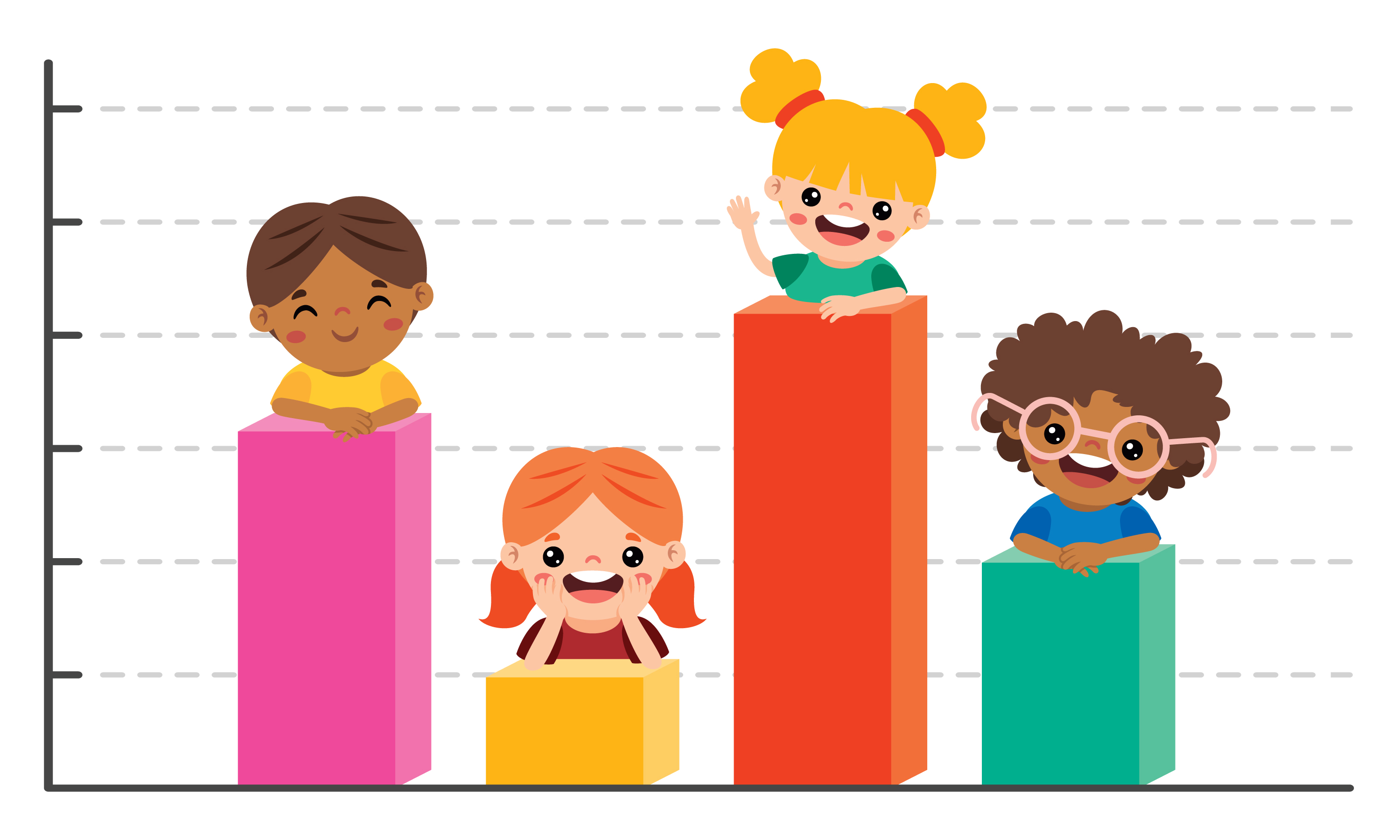Fine Motor Skills Addition & Subtraction Worksheets for Ages 5-6
47 filtered results
-
From - To
Welcome to our Fine Motor Skills Addition & Subtraction Worksheets for Ages 5-6! Designed to enhance early math skills while promoting fine motor development, our engaging worksheets offer a fun and interactive way for young learners to practice basic addition and subtraction. Each worksheet encourages kids to use scissors, crayons, and traceable numbers, making learning both tactile and visually stimulating. Tailored for children aged 5-6, these resources will help strengthen hand-eye coordination and grip control as they navigate through vibrant illustrations and playful scenarios. Join us in fostering essential math skills and fine motor abilities that set the foundation for educational success!
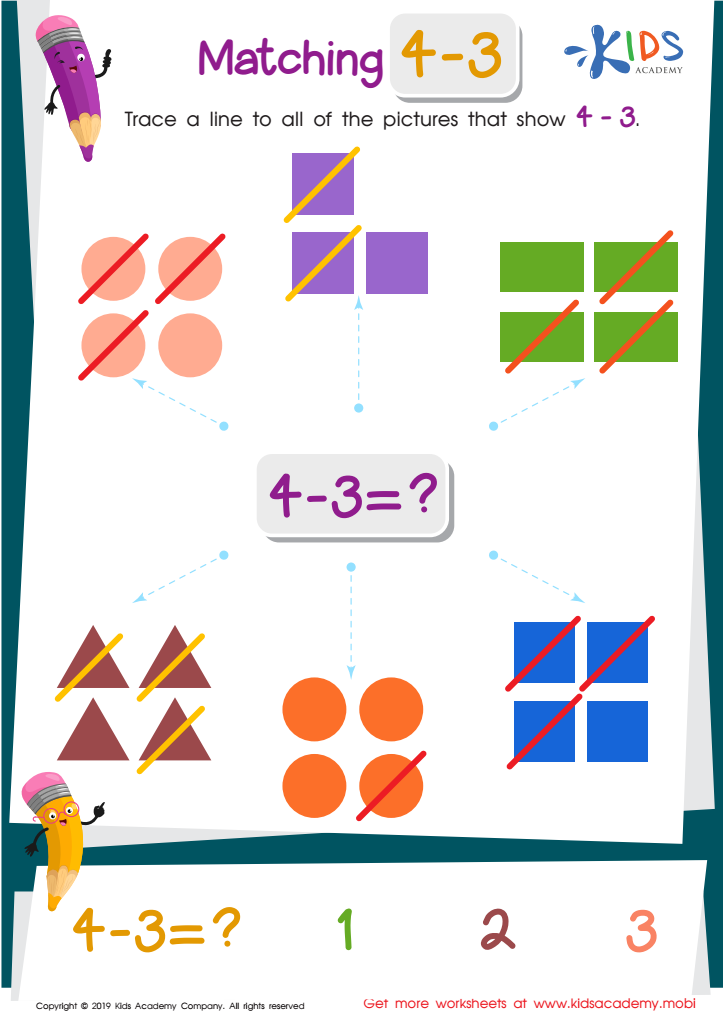

Matching 4 – 3 Worksheet
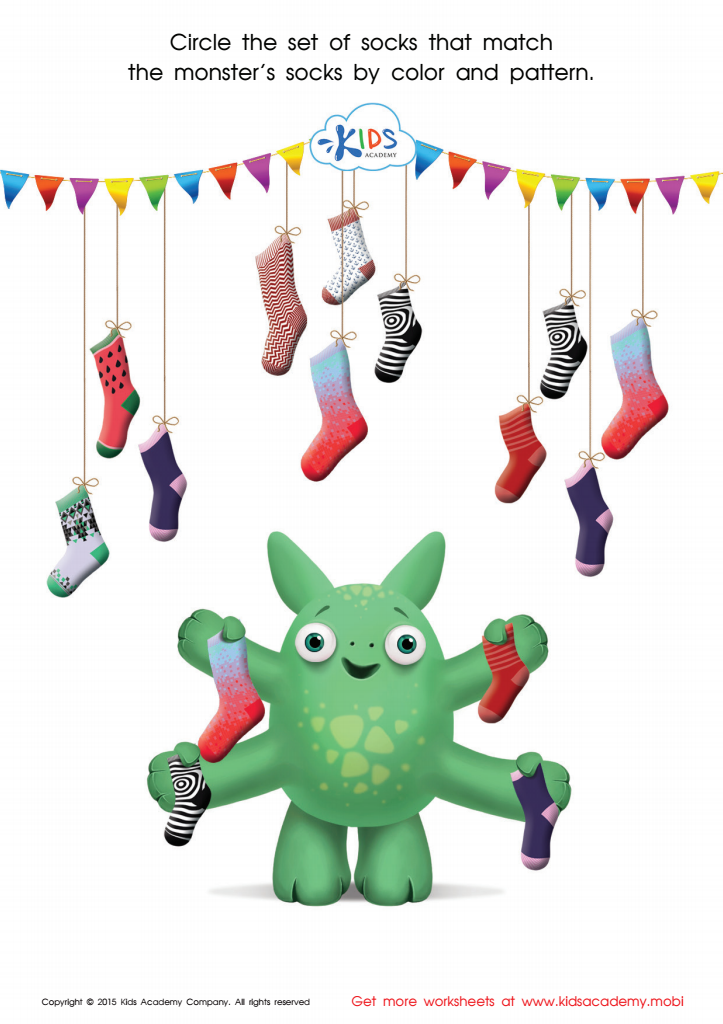

Sort the Monster's Socks Worksheet
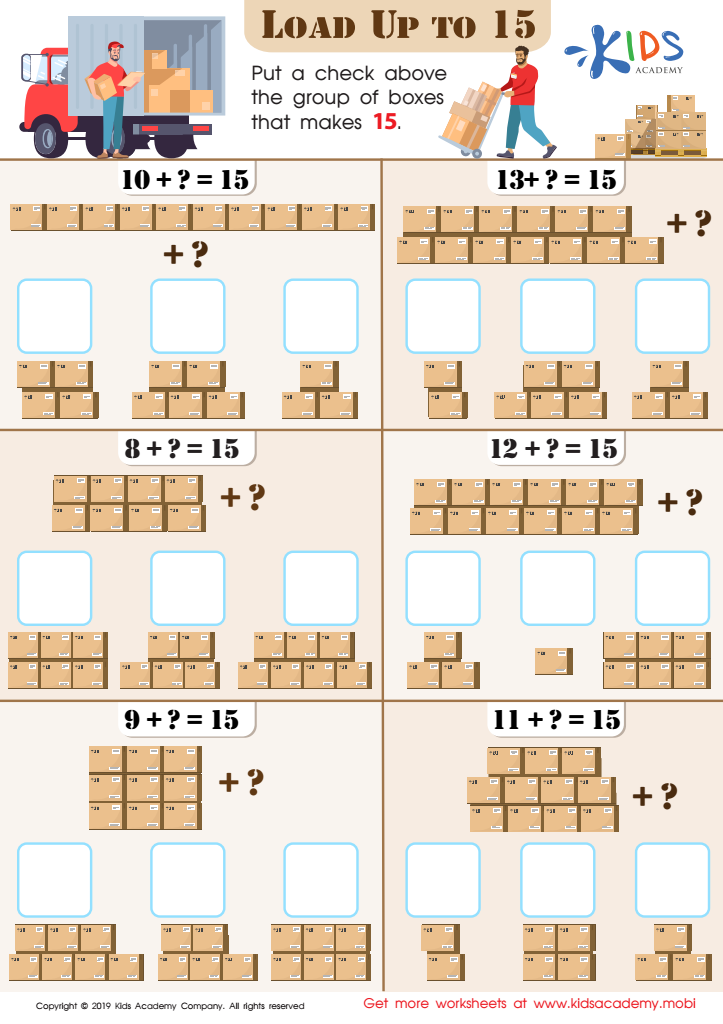

Load up to 15 Worksheet
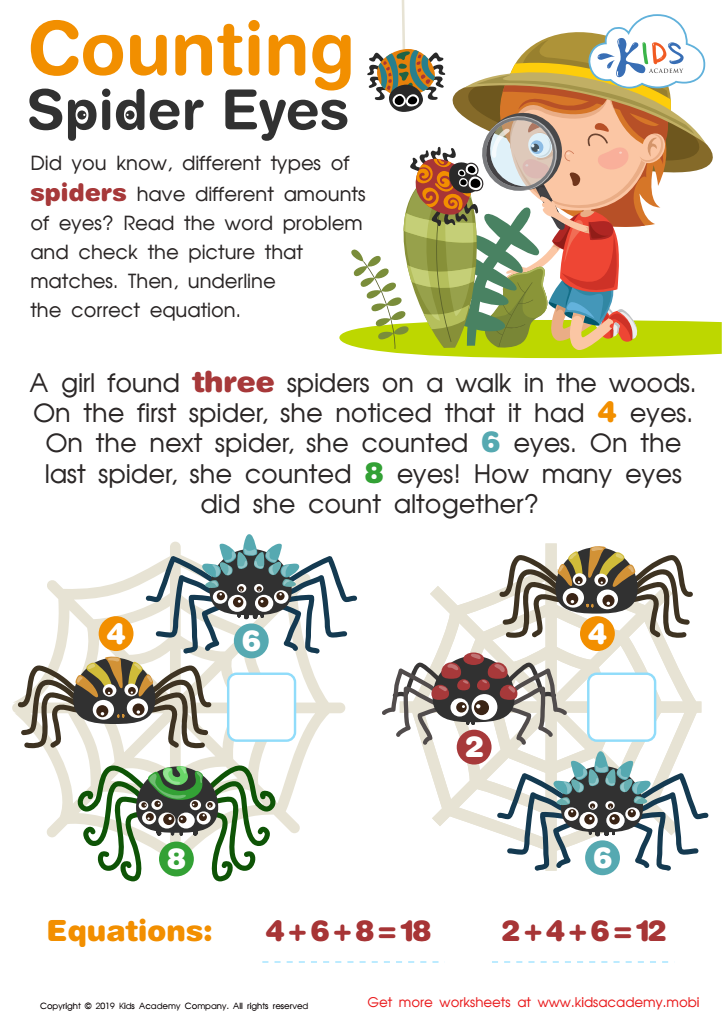

Counting Spider Eyes Worksheet
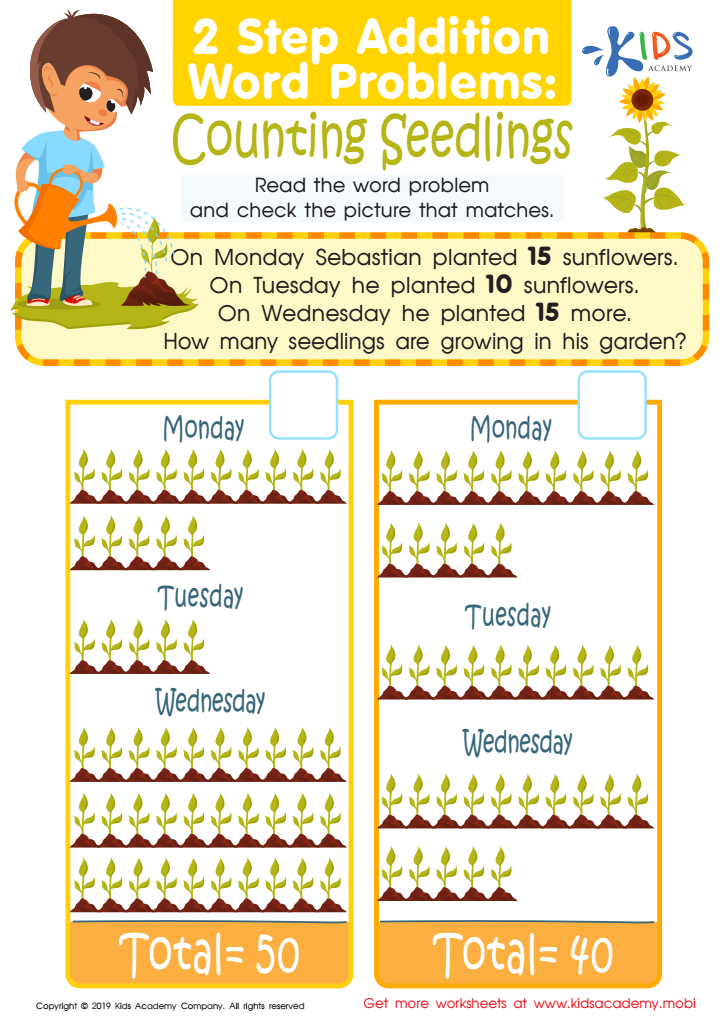

Counting Seedlings Worksheet
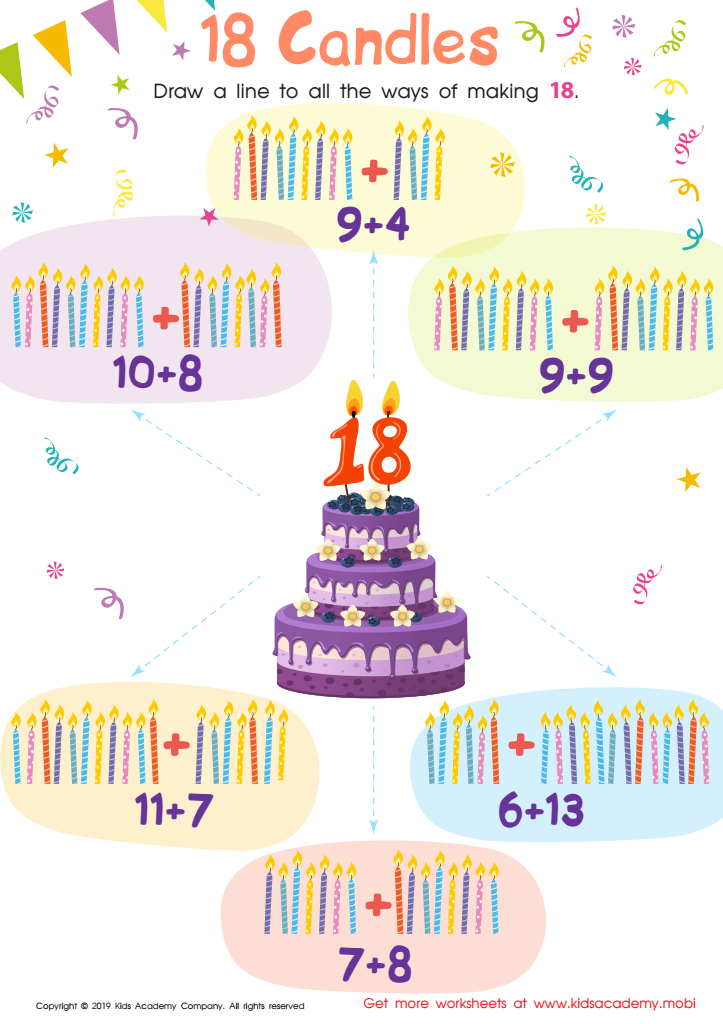

18 Candles Worksheet
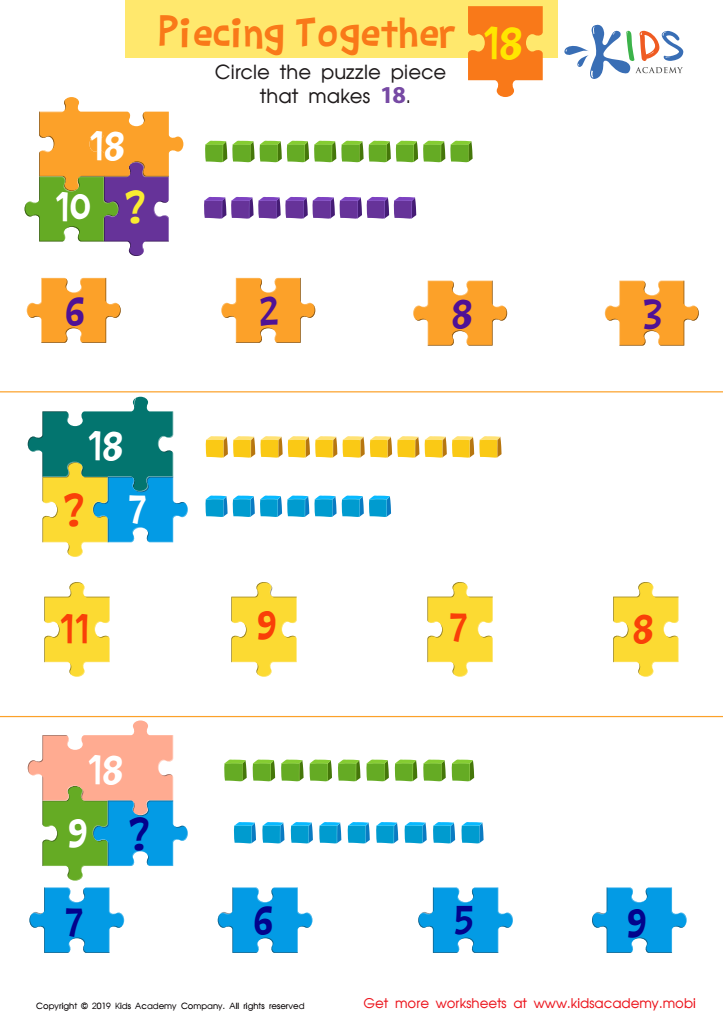

Piecing Together 18 Worksheet
Fine motor skills are essential for young children as they lay the groundwork for various developmental areas, particularly in learning addition and subtraction. For children aged 5-6, fine motor skills involve the ability to use small muscles in the hands and fingers, which are crucial for manipulating tools, writing, and engaging in mathematical activities.
When children develop fine motor skills, they enhance their ability to connect mathematical concepts to physical objects, such as counting with blocks or beads. This hands-on interaction makes abstract ideas like addition and subtraction more concrete, facilitating deeper understanding. Moreover, children who are adept in fine motor tasks can perform mathematical operations with greater ease and confidence, allowing them to focus on problem-solving rather than struggling with physical manipulation.
Fine motor skills also play a pivotal role in building concentration and cognitive readiness. As children practice tasks that refine these skills, their ability to concentrate, follow instructions, and engage in critical thinking improves. Teachers and parents should prioritize these skills in educational activities and home practices, as nurturing them creates a solid foundation for a child's academic success and lifelong learning. Ultimately, investing time and resources in developing fine motor skills is a vital step toward enhancing children's overall learning experience.
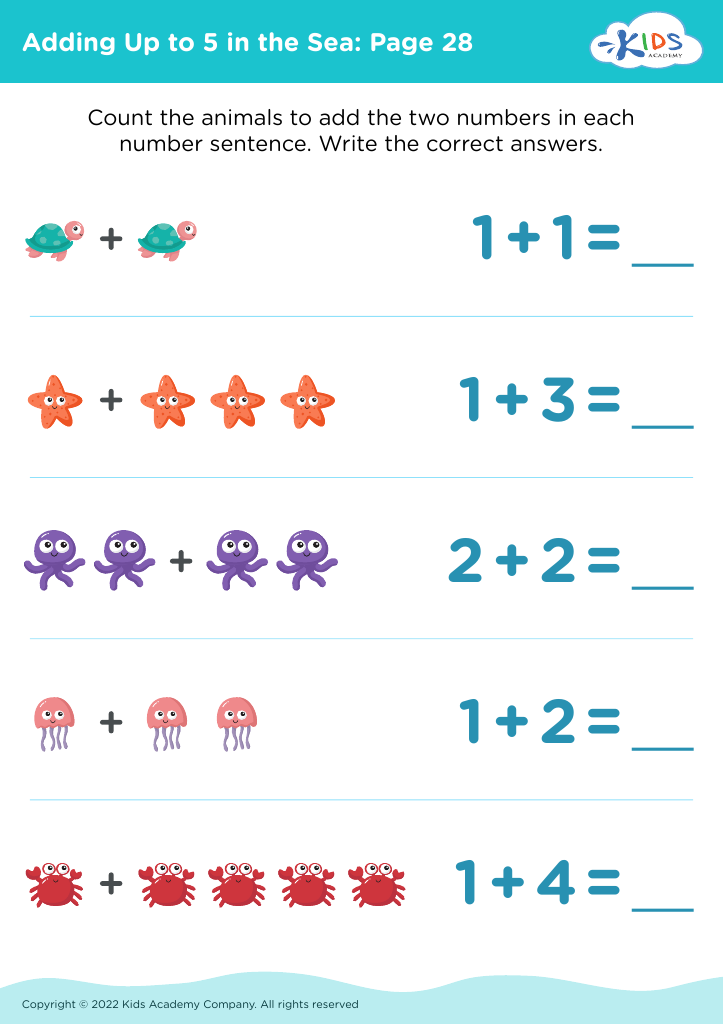

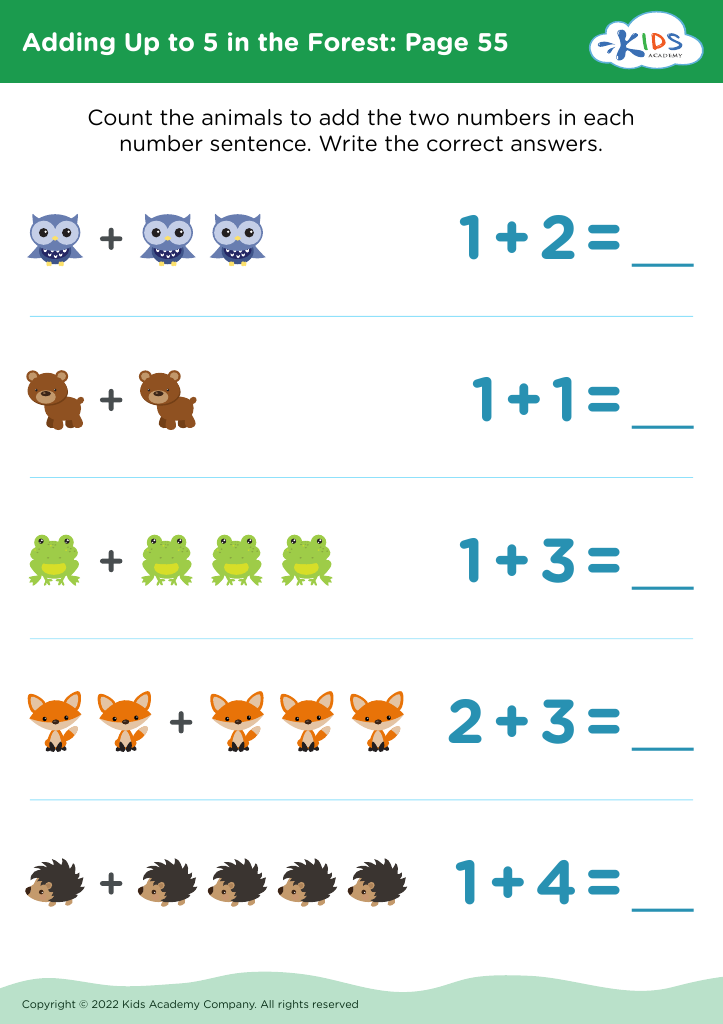
 Assign to My Students
Assign to My Students
